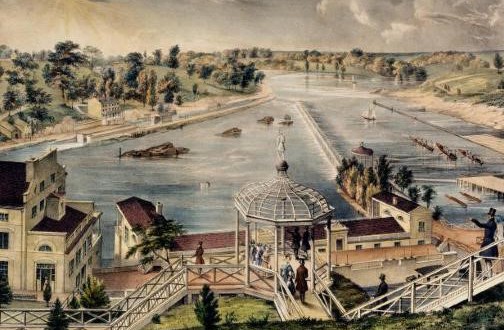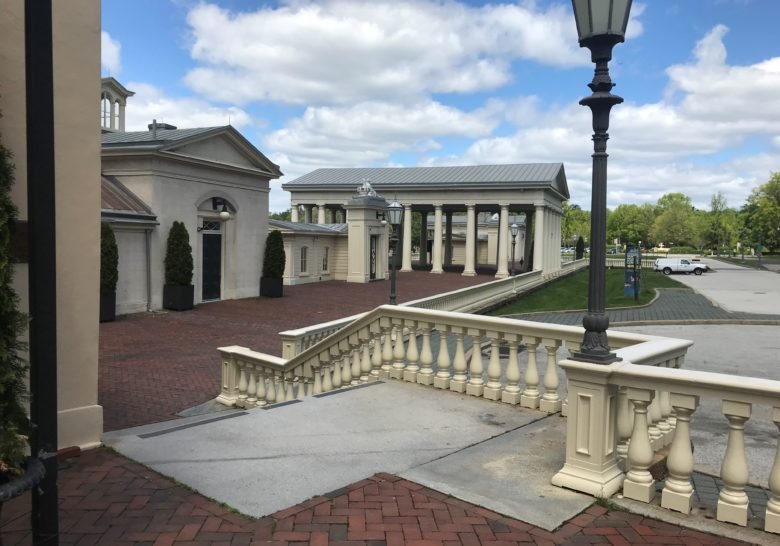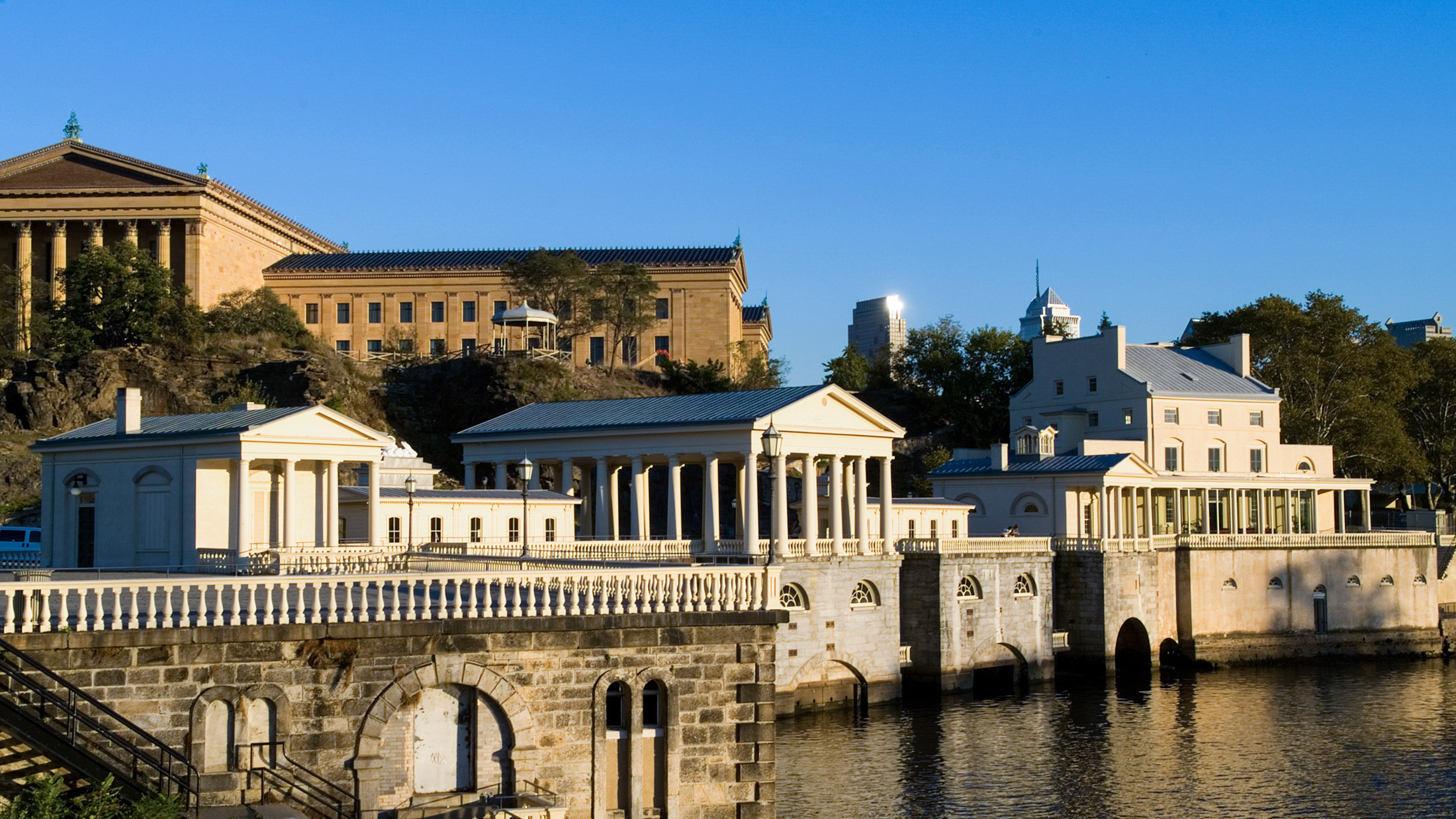Fairmount Water Works: An Iconic Landmark in Philadelphia
Philadelphia is home to numerous architectural marvels that have withstood the test of time. Among these, the Fairmount Water Works stands out as a unique blend of practical engineering and aesthetic design. This historic waterworks facility, located on the banks of the Schuylkill River, offers breathtaking views of the city’s skyline and the charming Boathouse Row.
A Glance at the Past

The Fairmount Water Works has a significant place in Philadelphia’s history. The facility was initially designed in 1812 by Frederick Graff, a renowned engineer of his time. Construction commenced in the same year and continued intermittently until 1872.
Building the Infrastructure
The Fairmount Water Works was an ambitious project that replaced the city’s original water supply system, which was plagued with numerous issues. The new system incorporated steam engines and a series of wooden tanks, capable of holding up to 57,000 US gallons of water. This water was then distributed across the city through a network of wooden water mains.
The facility was built on the eastern bank of the Schuylkill River, and it encompassed a dam, a mill house with water wheels, and a reservoir situated atop Faire Mount, the present-day site of the Philadelphia Museum of Art. The dam, completed in 1822, spanned 1,600 feet across the Schuylkill River to channel water into the mill house.
The Water Works in Action
The Fairmount Water Works represented a significant leap forward in water supply technology. It was the first water supply in the nation to utilize paddle wheels for water movement. The facility’s ingenious design and the quality of the water it supplied earned it widespread acclaim, transforming it into a popular tourist attraction of the time.
The Water Works Today
Although the Fairmount Water Works ceased operations in 1909, the building complex has found new life in the 21st century. The former waterworks facility now houses an interpretive center that elucidates the historical significance of the waterworks and offers insights into the local watershed history.
The Water Works Interpretive Center, operated by the Philadelphia Water Department, is a treasure trove of interactive exhibits and educational programs. It aims to engage visitors in understanding the importance of water conservation and the history of water supply systems.
In 2006, the Water Works underwent a significant renovation, reopening as a stunning event space and a high-end restaurant. Today, the Water Works Restaurant and Lounge is a much-sought-after venue for events, offering guests a fine dining experience amid a backdrop of the city’s stunning skyline.

Notable Features
The Fairmount Water Works is revered for its architectural style, which artfully masks its industrial nature with a Classical Revival exterior. Its location on the riverside, coupled with its beautiful design, attracted notable personalities, including Charles Dickens, who commended the facility for its aesthetic appeal and public utility.
Recognition and Preservation
The Fairmount Water Works was designated a National Historic Landmark in 1976, highlighting its architectural and engineering significance. It is also listed on the National Register of Historic Places and the Philadelphia Register of Historic Places. These designations underscore the cultural and historical importance of the waterworks, ensuring its preservation for future generations.
The Fairmount Water Works is a testament to Philadelphia’s rich history and its pioneering role in water supply technology. Today, it stands as a symbol of the city’s commitment to preserving its heritage while promoting education and environmental sustainability. Whether you are a history aficionado, an architecture enthusiast, or a casual tourist, the Fairmount Water Works offers a unique, immersive experience that bridges the past and the present.
As you explore Philadelphia, be sure to visit this iconic landmark, take in its architectural grandeur, learn about its historical significance, and relish the panoramic views of the city’s skyline.
